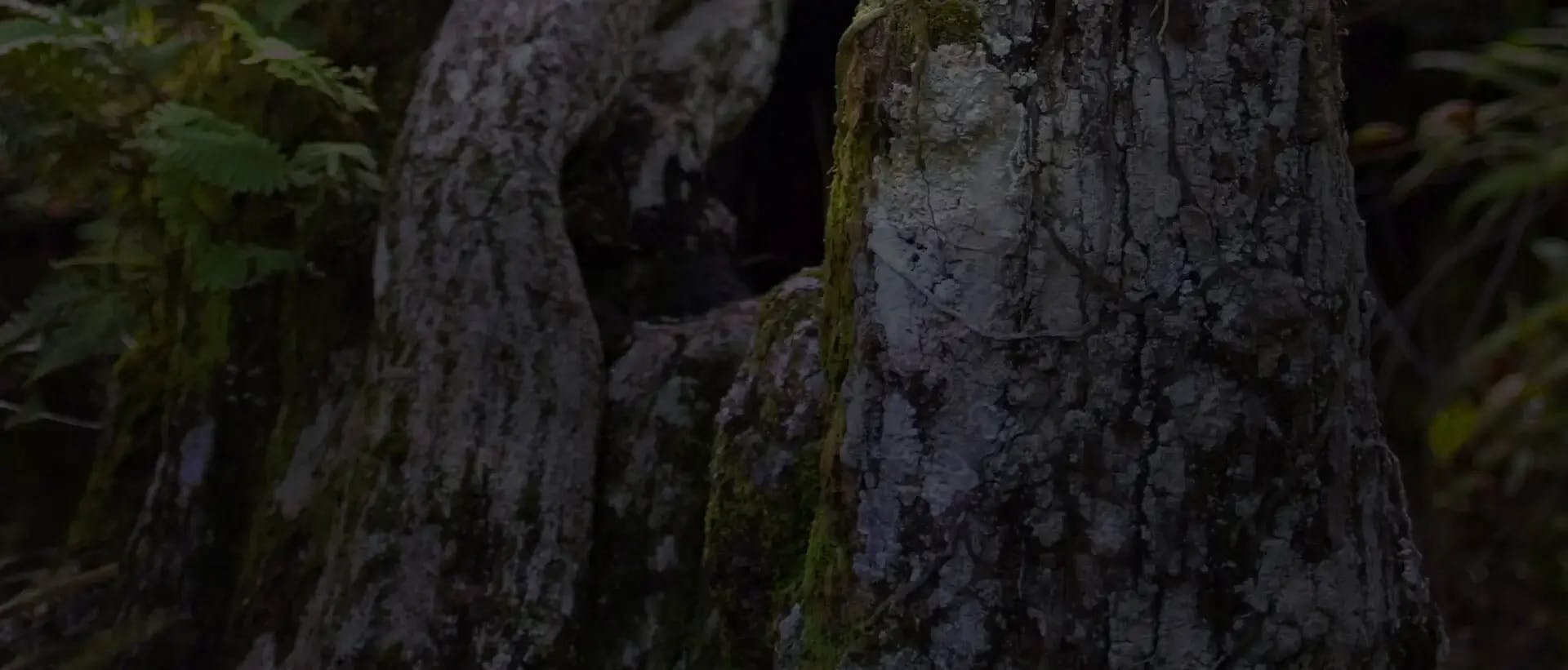
Cottonia
Classification
Award Photo Gallery

If you are an AOS Member, access OrchidPro online to browse and search over 100,000 photos of award-winning orchids and more.
If you are not an AOS member, discover the benefits of joining today
Overview
Etymology
Distribution
Care and Culture Card
See basic growing conditions and care information below.
Literature

FREE ACCESS: Orchid DealWire
Get notified when orchid vendors have special promotions and exclusive savings.







